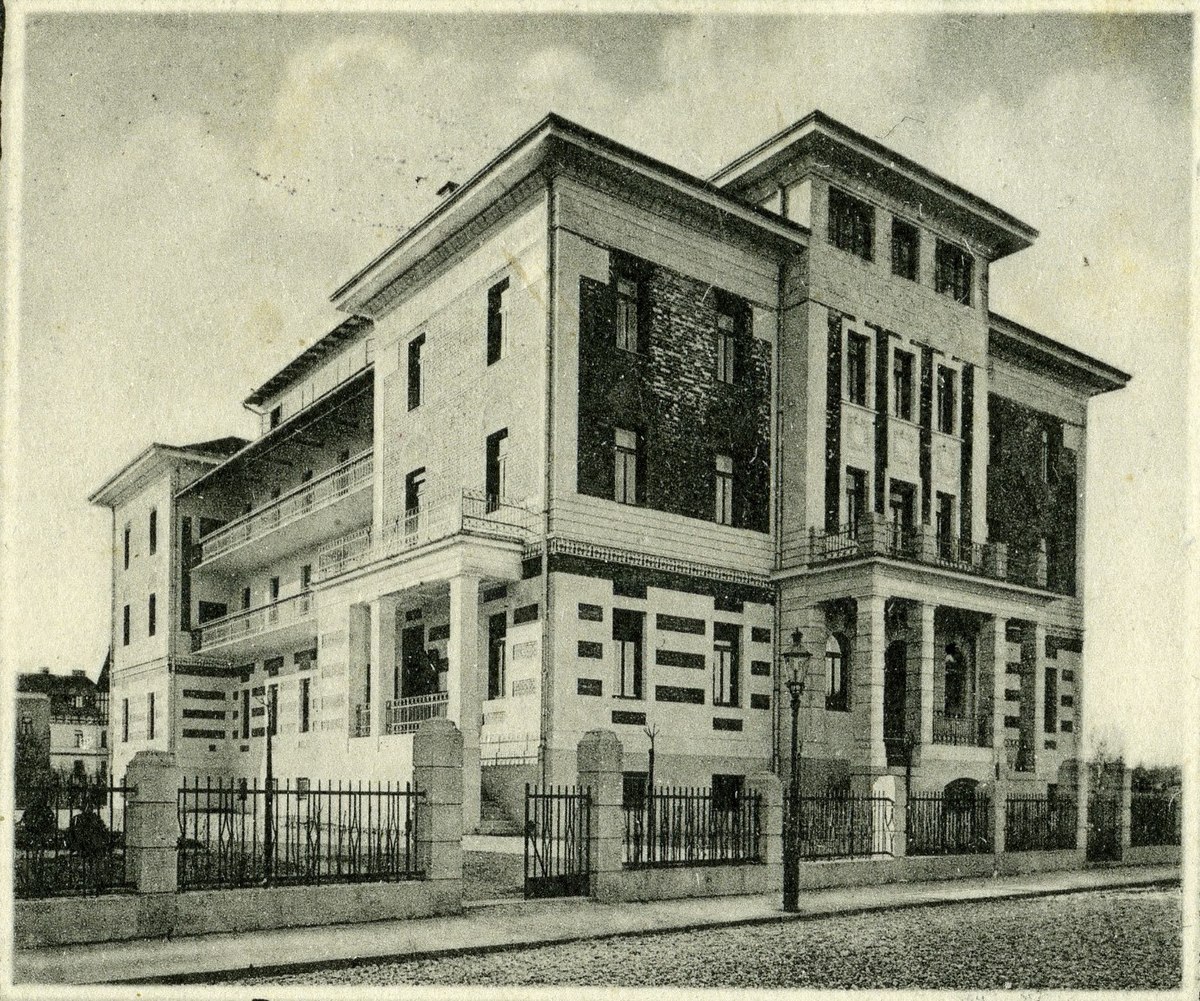
Radetzky's influence extended beyond the castle itself. He contributed to the development of Tivoli Park, which became a notable green space in Ljubljana. The park's design was further enhanced by Slovenian architect Jože Plečnik, who added elements like the Jakopič Promenade[3]. Today, Tivoli Castle houses the International Centre of Graphic Arts, a testament to the site's evolution from a private residence to a cultural hub[3].
Physical evidence of Radetzky's legacy remains in the form of a pedestal for his statue, which stood in front of the castle from 1882 to 1918. The statue itself, a prize winner at the Great Exhibition in London in 1851, is now preserved by the City Museum of Ljubljana[1][2]. The cast iron dogs created by Anton Dominik Fernkorn in 1864 also remain as a part of Tivoli Park's landscape[1][2].






















